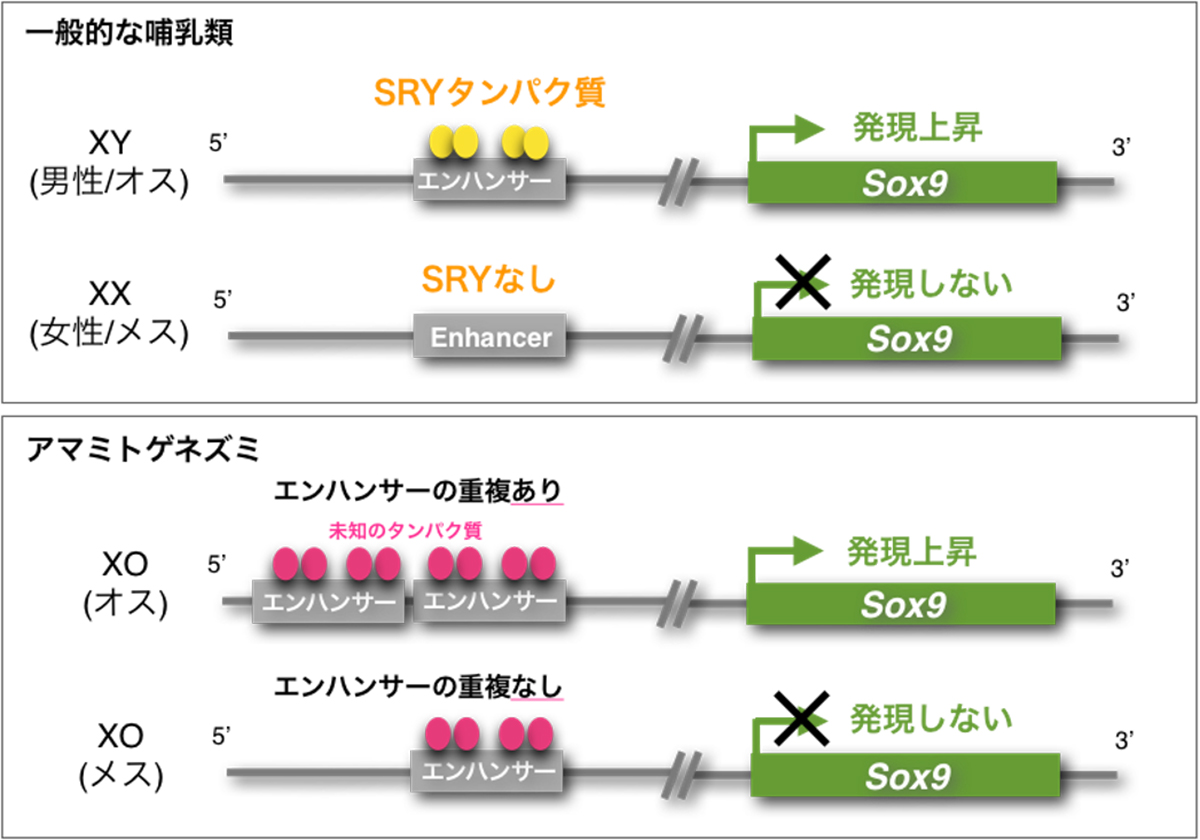2022-11-29 シンガポール国立大学(NUS)
過去10年間、新しい精神活性物質、特に合成カンナビノイドの乱用は、公衆衛生に大きなリスクをもたらしてきました。また、これらの合成カンナビノイドの出現は、薬物政策に課題を投げかけています。各国政府は合成カンナビノイドの使用を法律で禁止していますが、違法製造業者は、科学捜査による検出を回避するために、新しい合成カンナビノイドを製造しています。そのひとつがオキシジドで、ユニークな分子構造を持ち、既存の法律では規制されていないため、乱用の可能性がある。
合成カンナビノイドの摂取は、尿中のバイオマーカーを検出することで確認されることが多い。これらのバイオマーカーは、消費された合成カンナビノイドの代謝物であることが多く、これらのカンナビノイドは人体内で迅速かつ広範囲に代謝されることが知られているからです。オキシジドの代謝物プロファイルはほとんど知られておらず、関連するバイオマーカーもまだ確立されていません。このため、法医学毒物学者がオキシジド乱用者を特定する際の課題となっています。
シンガポール国立大学薬学部のEric Chan教授率いる研究チームは、シンガポール健康科学庁(HSA)の分析毒物学研究所と共同で、BZO-HEXOXIZID, BZO-POXIZID, 5F-BZO-POXIZID, BZO-CHMOXIZIDの4つのOXIZID類似体の主要代謝特性および尿中バイオマーカーの同定を検討した。これらの類似体は、シンガポールだけでなく世界中で確認されているため、選択されました。
この研究手法は、試験管内でのOXIZID代謝物の生合成と、薬物使用が疑われる匿名尿サンプルの比較・分析を組み合わせたもので、研究チームは以前に開発した手法をベースに研究を進めました。
この研究成果は、2022年9月30日付のClinical Chemistry誌に掲載されました。
<関連資料>
- https://news.nus.edu.sg/biomarkers-to-detect-synthetic-cannabinoid-consumption/
- https://academic.oup.com/clinchem/article-abstract/68/11/1436/6675327
合成カンナビノイドBZO-HEXOXIZID, BZO-POXIZID, 5F-BZO-POXIZID, BZO-CHMOXIZIDの不正使用監視に最適な尿中バイオマーカーの同定について。Identification of Optimal Urinary Biomarkers of Synthetic Cannabinoids BZO-HEXOXIZID, BZO-POXIZID, 5F-BZO-POXIZID, and BZO-CHMOXIZID for Illicit Abuse Monitoring
Keane Zhi Hao Lee, Ziteng Wang, Ching Yee Fong, Evelyn Mei Ling Goh, Hooi Yan Moy, Eric Chun Yong Chan
Clinical Chemistry, Volume 68, Issue 11, November 2022, Pages 1436–1448, https://doi.org/10.1093/clinchem/hvac138
Abstract
Background
The continuous introduction of new synthetic cannabinoid (SC) subtypes and analogues remains a major problem worldwide. Recently, a new “OXIZID” generation of SCs surfaced in seized materials across various countries. Hence, there is an impetus to identify urinary biomarkers of the OXIZIDs to detect their abuse.
Methods
We adapted our previously reported two-pronged approach to investigate the metabolite profiles and disposition kinetics of 4 OXIZID analogues, namely, BZO-HEXOXIZID (MDA-19), BZO-POXIZID (5C-MDA-19), 5F-BZO-POXIZID (5F-MDA-19), and BZO-CHMOXIZID (CHM-MDA-19). First, bottom-up in vitro incubation experiments comprising metabolite identification, metabolic stability, and reaction phenotyping were performed using human liver microsomes and recombinant human cytochrome P450 enzymes. Second, top-down analysis of authentic urine samples from drug abusers was performed to corroborate the in vitro findings and establish a panel of urinary biomarkers.
Results
A total of 42 to 51 metabolites were detected for each OXIZID, and their major metabolic pathways included N-alkyl and phenyl hydroxylation, oxidative defluorination (for 5F-BZO-POXIZID), oxidation to ketone and carboxylate, amide hydrolysis, and N-dealkylation. The OXIZIDs were metabolically unstable, mainly metabolized by cytochromes P3A4, P3A5, and P2C9, and demonstrated mechanism-based inactivation of cytochrome P3A4. Integrating with the results of 4 authentic urine samples, the parent drug and both N-alkyl and phenyl mono-hydroxylated metabolites of each OXIZID were determined as suitable urinary biomarkers.
Conclusions
Drug enforcement agencies worldwide may apply these biomarkers in routine monitoring procedures to identify abusers and counter the escalation of OXIZID abuse.



